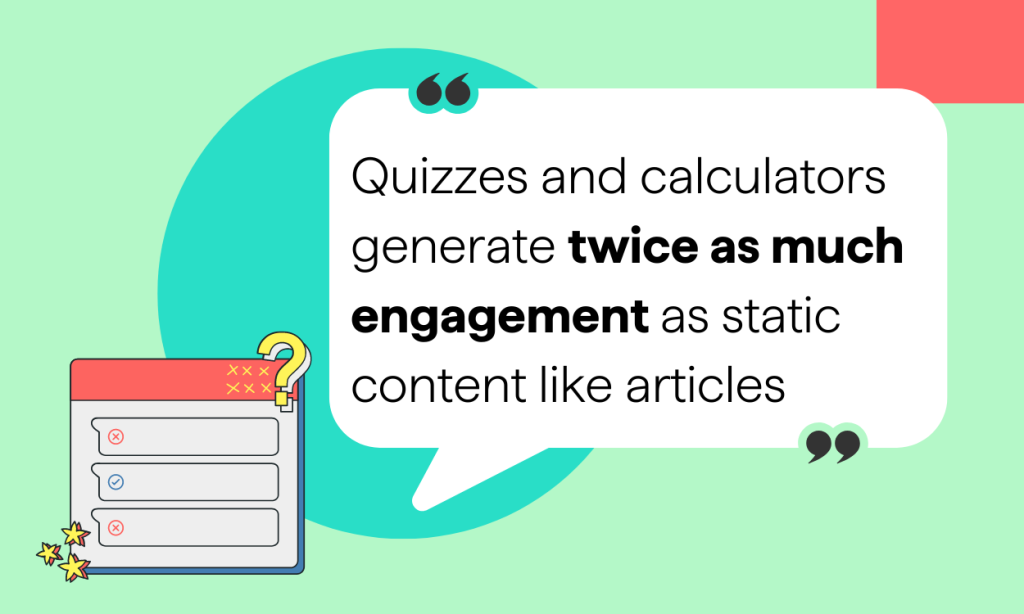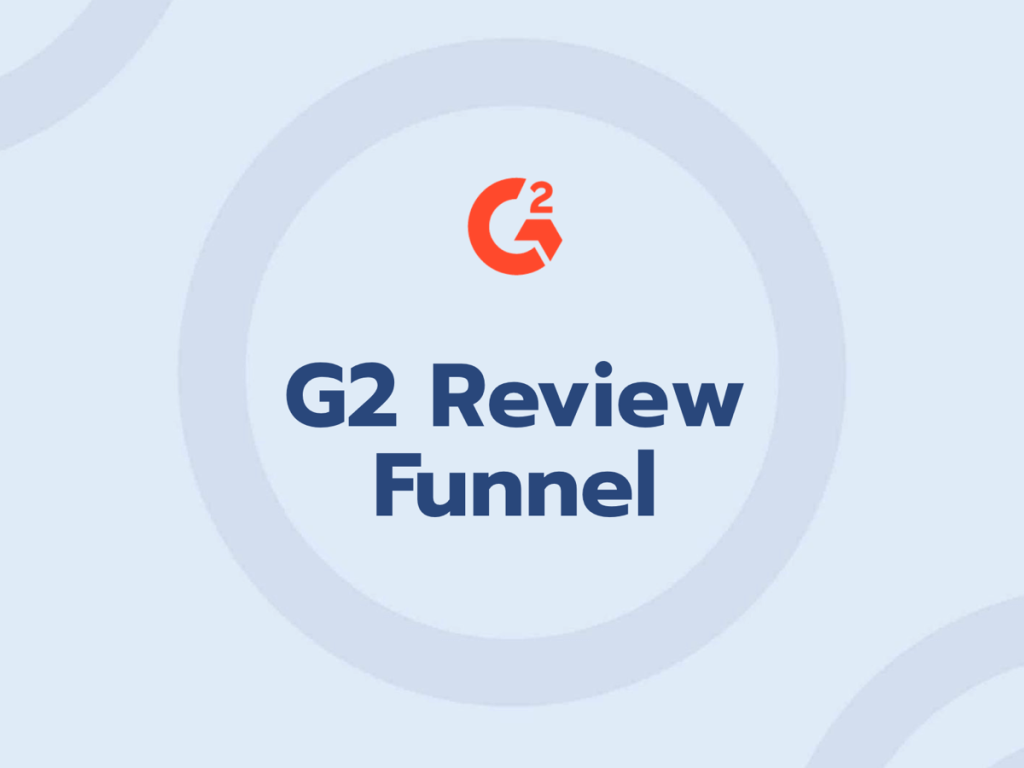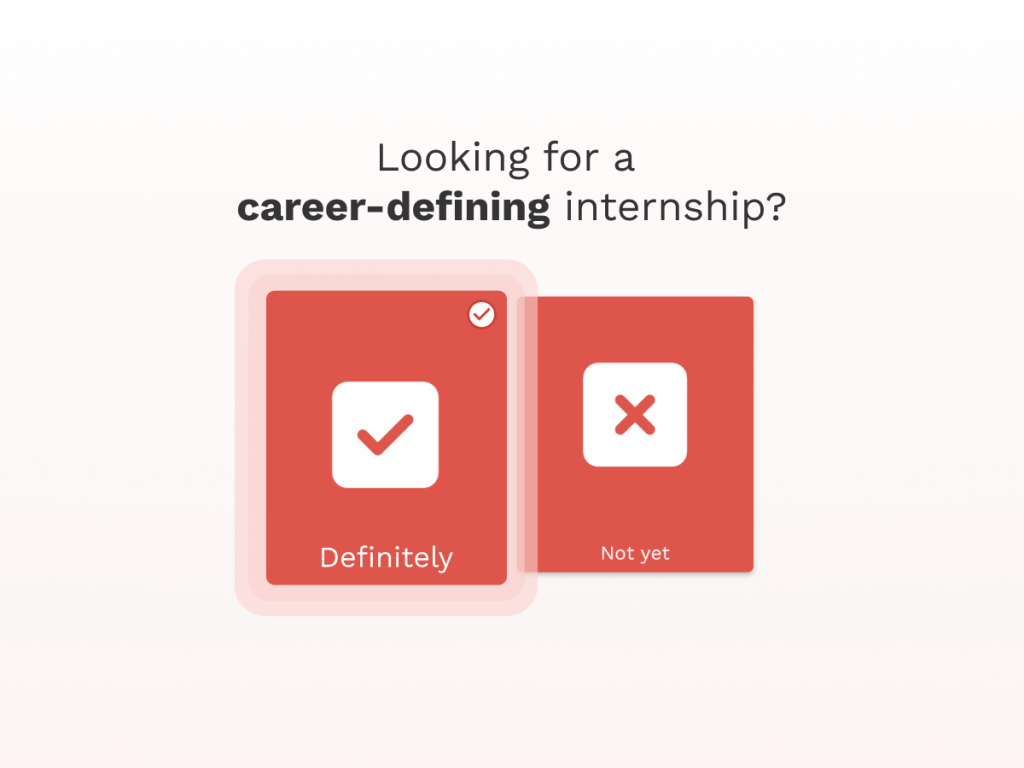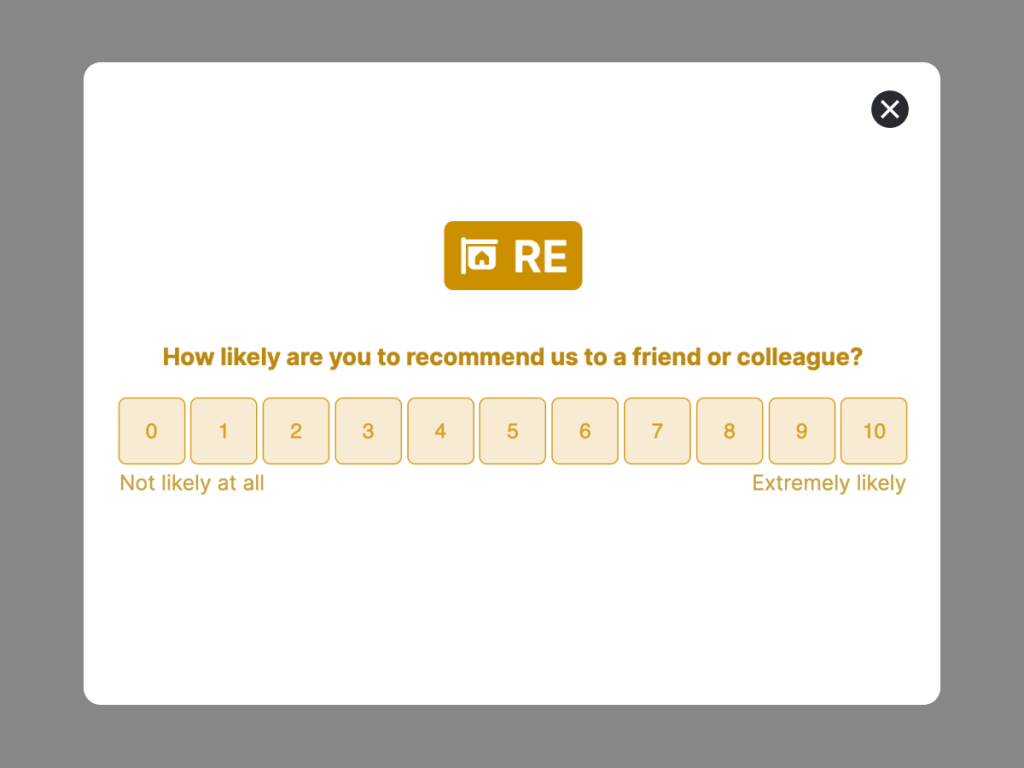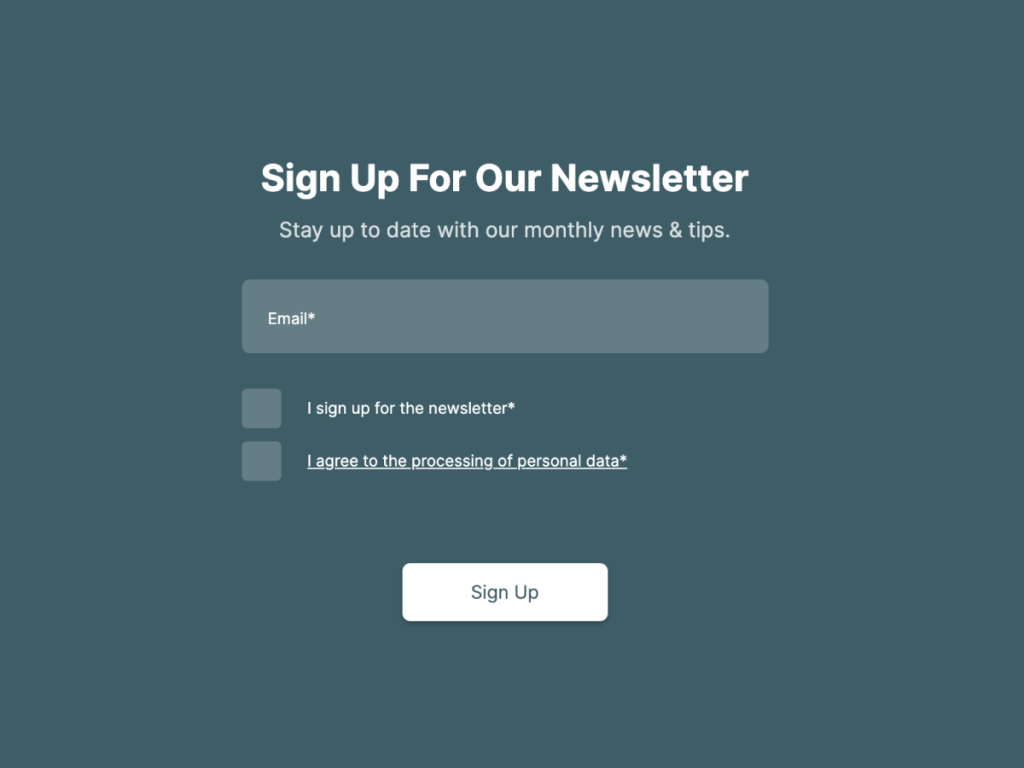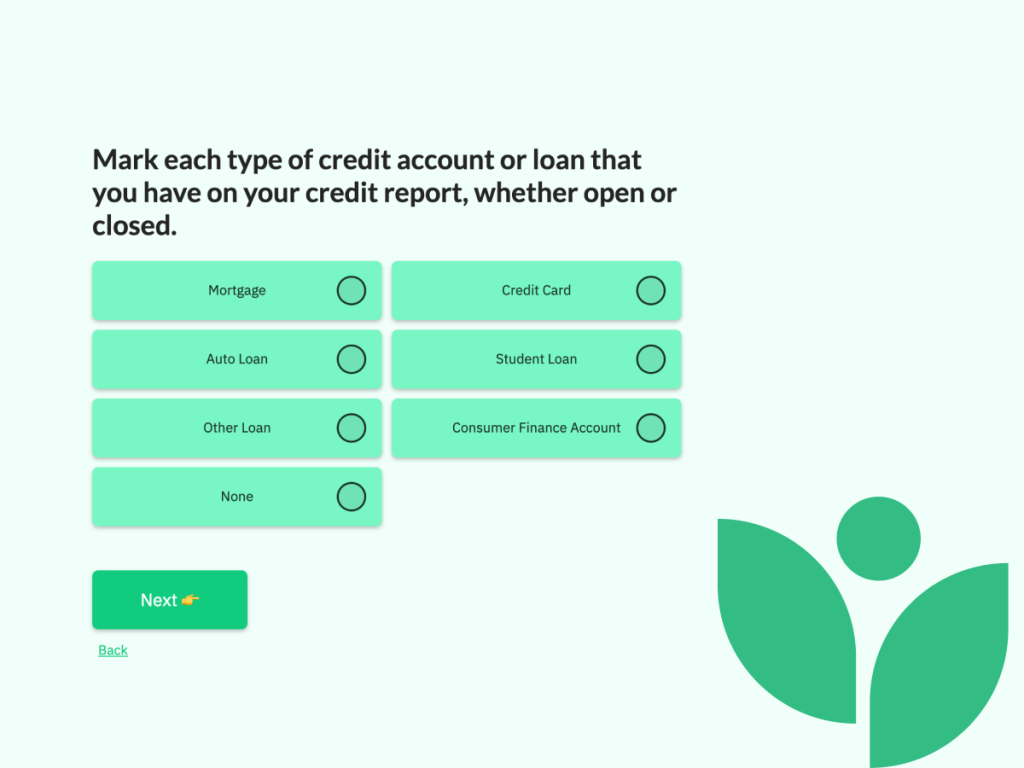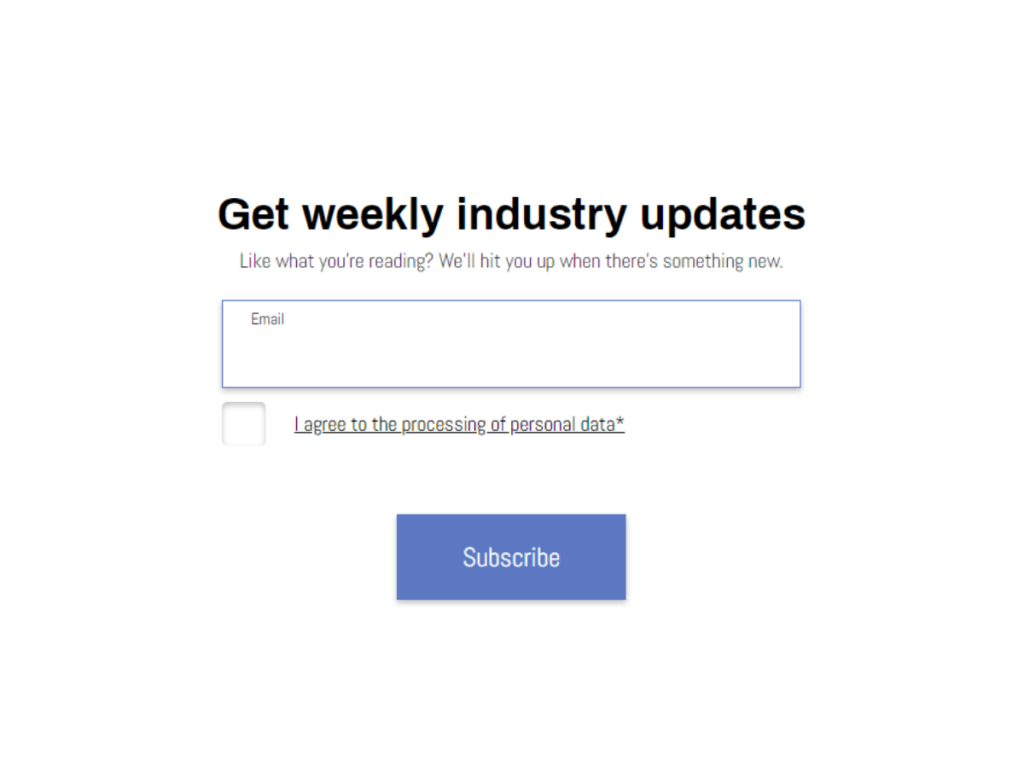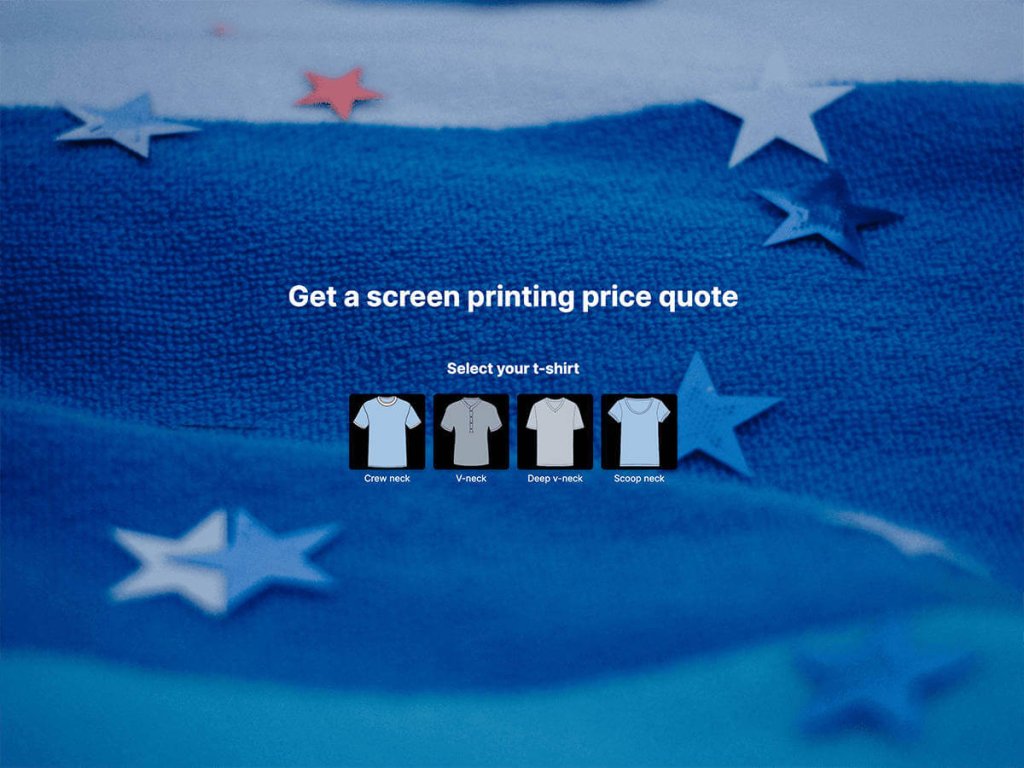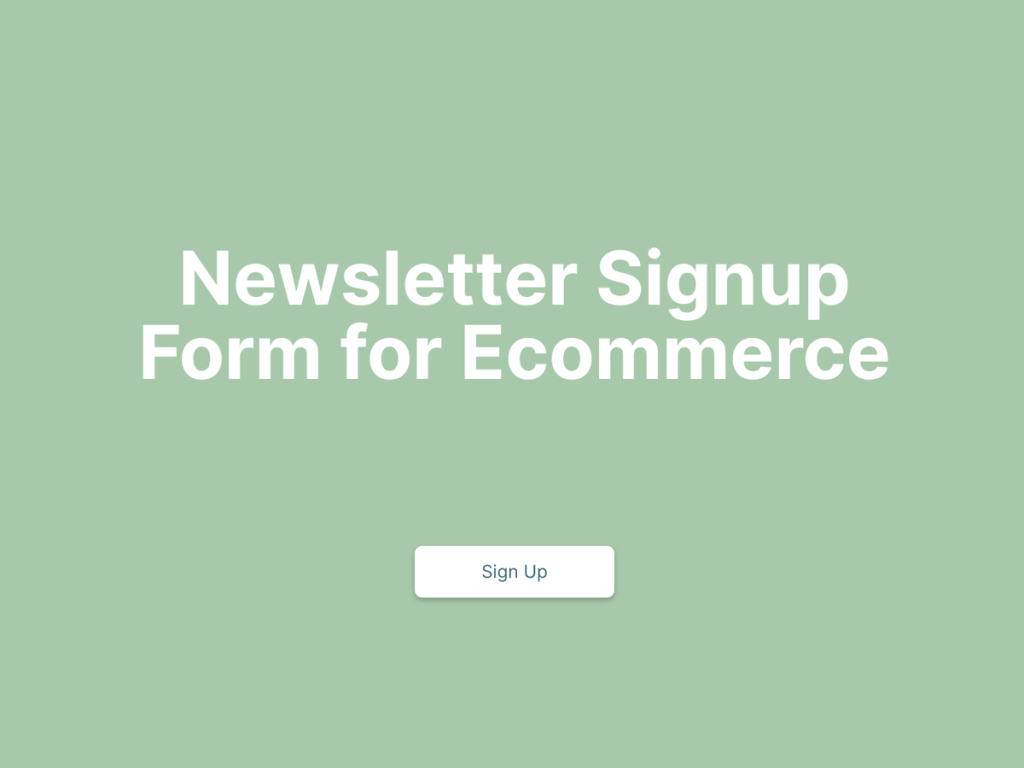Looking to create a compelling, engaging, and highly converting lead magnet without surpassing your marketing budget in Q2? You’ve come to the right place.
We've curated a comprehensive guide for creating a potent lead magnet that is guaranteed to boost your lead count this quarter.
Let's start with the basics:
What Is a Lead Magnet?
A lead magnet is a free offering provided by a business in exchange for a potential customer's contact information, typically their email address. This could be in the form of free content, discounts, or other freebies that are appealing to the target audience.
A lead magnet can be anything your audience finds valuable–from a fashion brand offering styling cheat sheets to a SaaS company handing over free demos or trial periods.
The primary objective of a lead magnet is to capture the audience's email addresses so that the business can further engage with them through valuable content and attractive offers. In some cases, lead magnets may also be used to collect phone numbers for purposes such as SMS marketing or scheduling meetings with potential customers.
As a key component of conversion rate optimization strategies, lead magnets focus on capturing leads, increasing conversion rates, and improving engagement. They can also assist you in:
Establishing authority
Building better relationships with prospects
Simplifying audience segmentation
Start Creating Converting Lead Magnets Here
Before diving into creating a lead magnet, establish a well-defined strategy. This strategy should address key aspects such as your goals, customer journey, and how the lead magnet fits into your overall lead generation funnel. Specifically, your plan should:
1. Define the Ideal Buyer
Create an ideal customer persona whom you aim to attract with this lead magnet. Answer the following questions:
What products do you intend to sell?
Who would benefit from this offer?
Why would they need it?
What media channels do they use?
What specific pain point will the lead magnet address?
Identify your persona's level of awareness. Most new leads typically fall into the unaware, problem-aware, or solution-aware stages, so focus on these areas.
Create multiple (at least three) buyer personas. This approach will allow you to narrow down the specific traits, needs, and challenges of each group.
2. Choose the Right Magnet Topic
Your lead magnet should showcase your expertise in the niche. Therefore, covering a topic related to your core products is the best choice for a lead magnet.
Furthermore, this type of content also increases sales potential. Prospects are more likely to explore your landing page and make purchases after engaging with the lead magnet.
3. Look for Recyclable Content
Given that lead magnets are typically offered for free, creating them shouldn't require a substantial investment of time or money. Capitalize on your strengths by selecting a content format that you can produce with minimal effort, such as text, graphics, or videos.
Furthermore, your lead magnet doesn't necessarily have to be entirely new. Consider repurposing content you've already developed. This could include:
Transforming an article into a PDF file.
Creating a free tool on your website.
Offering a demo
Providing a chapter from your white paper
Offering downloadable resource guide.
Including a free digital product as part of your SaaS subscription.
4. Identify the Problem You Want to Solve
A perfect lead magnet addresses a specific problem. While you might be tempted to include everything in your arsenal when creating it, it's essential to avoid overloading it with too much information (remember, it's free).
Moreover, bombarding prospects with multiple messages and solutions in a single magnet funnel can overwhelm them and lead to inaction. However, presenting one actionable solution—the answer to their most pressing pain point—will effectively get the job done.
Your prospects are already indicating the information they need and want; you just need to pay close attention. Take note of the questions they ask in various forums, LinkedIn and Facebook groups, and comment sections of your social media posts and blog articles.
Even your digital invoices can be a valuable source of data to understand the needs of potential customers. When analyzed closely, everything in the transaction data–service purchased, quantity, time of purchase, average order value–can help you find a pattern and changing consumer preferences. This way, you don't have to spend extra on analytics to create the lead magnet.
For instance, if you represent a software company offering a comprehensive financial planning tool, potential customers may want to evaluate their current financial status before committing to the tool. In this scenario, providing budgeting templates or financial health quizzes can be excellent options.
These resources address a problem your audience is currently experiencing, offering just enough value to encourage them to explore your paid product for long-term financial planning purposes.
The objective is to guide prospects from being aware of the problem to understanding potential solutions—transforming leads into customers.
Choose Your Lead Magnet [ Free Templates]
Now, onto the most crucial question—what will be your lead magnet?
Let's find the right opt-in form to help spark ideas for your lead magnet:
Use Forms To Collect Leads
Start with a customisable template
G2 Review Funnel Template
Resume Collection Template
Rate Your Tour Experience Survey Template
What Animal Are You? Template
Opinion Scale Survey for Real Estate Template
Purchase Consulting Package Template
Even better, consider offering free tools related to your area of expertise. It's worth noting that free tools make excellent lead magnets for prospects in the mid-funnel stage, as they are actively seeking solutions rather than just ideas.
Explore these free tools that you can embed into your website, or learn how to create a free tool tailored to your audience's needs from scratch:
Create Free Tools For Your Website
Customize pre-designed templates
Newsletter Signup Form for Real Estate Template
IQ Test Template
Calculate My Credit Score Quiz Template
Subscribe To Newsletter Template
Screen Printing Price Quote Template
Newsletter Signup Form for Ecommerce Template
Other mid-funnel lead magnets can be:
Product comparison lists
Original data reports
Email courses
Webinars are a highly popular magnet format. The best part is that these webinars can be recorded and repurposed as valuable assets for your social media and email marketing strategy.
Use this pre-designed form to organize your next webinar (it's fully customisable):
Free trials are an right way to give prospective customers a taste of your product or service, particularly popular for SaaS companies.
Offer prospects limited-time access to your product in exchange for their contact information, without significant revenue expenditure. For brands offering expensive products or subscriptions, these free trials provide prospects with a compelling reason to experience your offerings firsthand.
Position Your Lead Magnet
Where should you position the lead magnet in the sales process for maximum conversion?
Consider the following factors:
What should happen before and after downloading the lead magnet?
How will prospects find your lead magnet—landing page, blog post, or Facebook ads?
Next, decide the contact information you want to capture—email addresses or contact numbers. You want to send this collected data to email service providers or customer relationship management software. To do that, connect your form to your CRM, check this guide to see how.
Finally, determine what happens after the new subscriber receives their lead magnet and joins your email list. Will you follow up with a welcome email sequence? Or reach out to them personally to schedule a meeting or consultation? Or will they simply start receiving a weekly email newsletter?
Check out this guide to learn how to create downloadable lead magnets and automatically send the e-book after the user provides their email through the form on your website.
It's important to note that before downloading the lead magnet, users may already be frustrated and have taken measures to stop spam emails. In this context, sending out a follow-up email demonstrates that you respect users' preferences and can help build trust.
Craft the Lead Magnet
Now that you're all set to create an eye-catching lead magnet within your marketing budget, here are some tips to make it stand out:
Make It Visual and Interactive
Humans are visual beings, and we learn better when information is presented interactively. Incorporate as many visual elements as possible into your lead magnet. For example, instead of a simple text checklist, use tools like Visme or Canva to create infographics. Rather than sharing plain statistics, create interactive graphs and charts to illustrate the numbers.
Use Brand Colors, Fonts, and Logo
Your brand identity is crucial. Ensure that your lead magnet reflects your brand by incorporating signature colors, fonts, and placing your logo prominently. This not only boosts brand awareness but also reinforces that valuable information comes from your brand, driving traffic back to your website.
Make It Irresistible
A great lead magnet captures attention and keeps consumers engaged on every page. Here are a few proven ways to achieve this:
Use bold, attention-grabbing headlines.
Clearly explain what leads can expect in the introduction.
Deliver on your promise in the body of the lead magnet.
End with a clear CTA to encourage further engagement.
Lead Magnet Ideas: Your Next Move
Creating compelling lead magnets is essential for boosting conversion rates. By following our five-step guide, you can craft engaging lead magnets that resonate with your audience and yield results. Remember, lead magnets go beyond just ebooks; you can also use quizzes, forms, video content, and free tools to collect email addresses.
Leverage your expertise, repurpose existing content, and use all available tools to create visually appealing and irresistible offers.
High-value lead magnets can be a game-changer for your sales funnel. However, creating them doesn't have to be an expensive venture. Put our process into action and start growing your email list today.
Use AI to create your next lead generation form:
Create your form with AI
Just paste your URL & click generate
